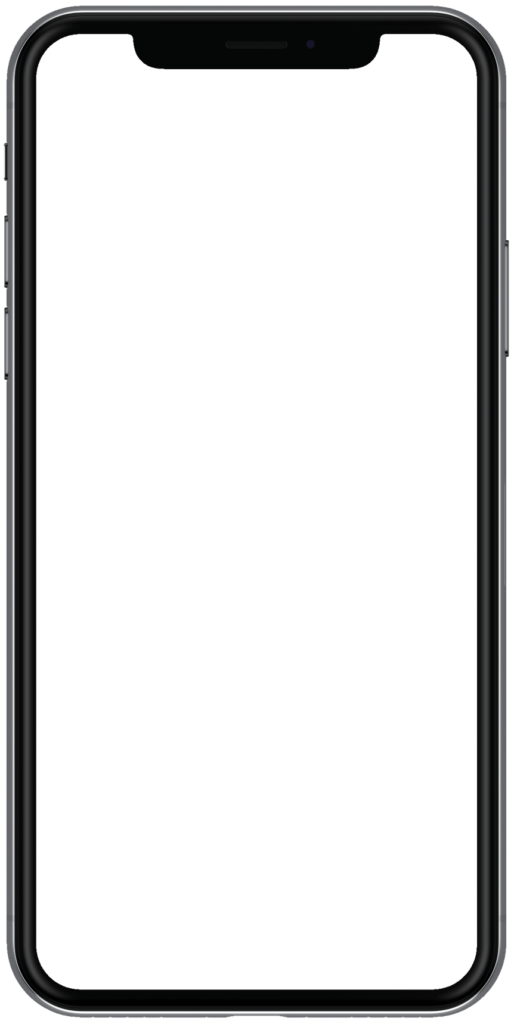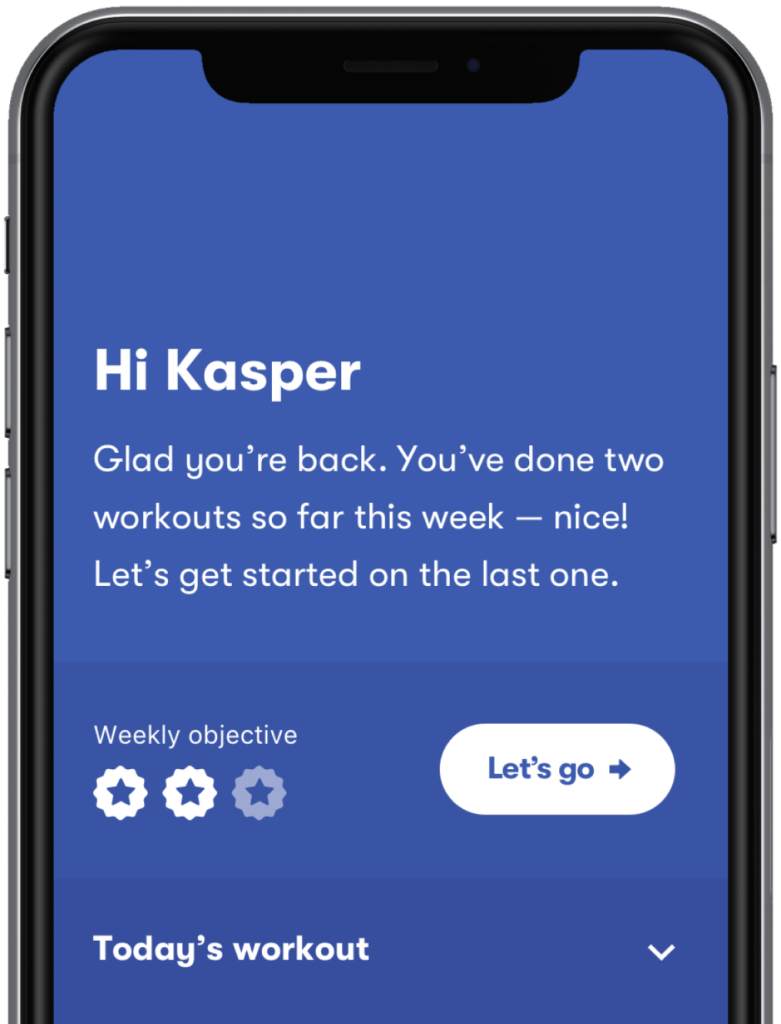Rotator cuff syndrome
Shoulder pain is often caused by what is known as rotator cuff syndrome, which occurs when the tendons in the rotator cuff of the shoulder blade get pinched.
Of all the joints in your body, the shoulder has the greatest mobility. It consists of four joints. The two largest joints are formed by the attachment between the upper arm bone and the shoulder blade, as well as the attachment between the shoulder blade and the chest wall.
The attachment between your upper arm bone and your shoulder blade consists of a very small socket and a large head. This combination gives the arm the ability to move in many different directions. From a structural point of view, this high flexibility of the ball and socket joint means a high risk of becoming destabilized. Several anatomical structures help compensate and stabilize the shoulder. These include the joint capsule, the ligament, the diaphragm and the rotator cuff itself.
The rotator cuff
- The most common cause of pain in the shoulder is the so-called rotator cuff syndrome.
- The rotator cuff is a group of four muscles that are placed like ‘cuffs’ around the head of your upper arm bone. The function of these muscles is to stabilize your shoulder joint during movement.
- Shoulder pain arises when your rotator cuff muscles become clamped or pinched under the shoulder bone ceiling.
- Alternatively, pain can arise due to the muscles becoming sore and swollen from overloading.
The rotator cuff consists of four smaller muscles, which form a series of ‘cuffs’ around the head of the upper arm bone. The most important function of the rotator cuff is to stabilize the shoulder joint during movement. The shoulder blade needs to be positioned and move correctly for the shoulder to function normally.
The four muscles of your rotator cuff protrude (jut out) from the shoulder blade, slide under a bone ceiling and attach to your upper arm. Different conditions can cause the rotator cuff to be clamped under the bone ceiling, which can result in your tendons becoming pinched.


